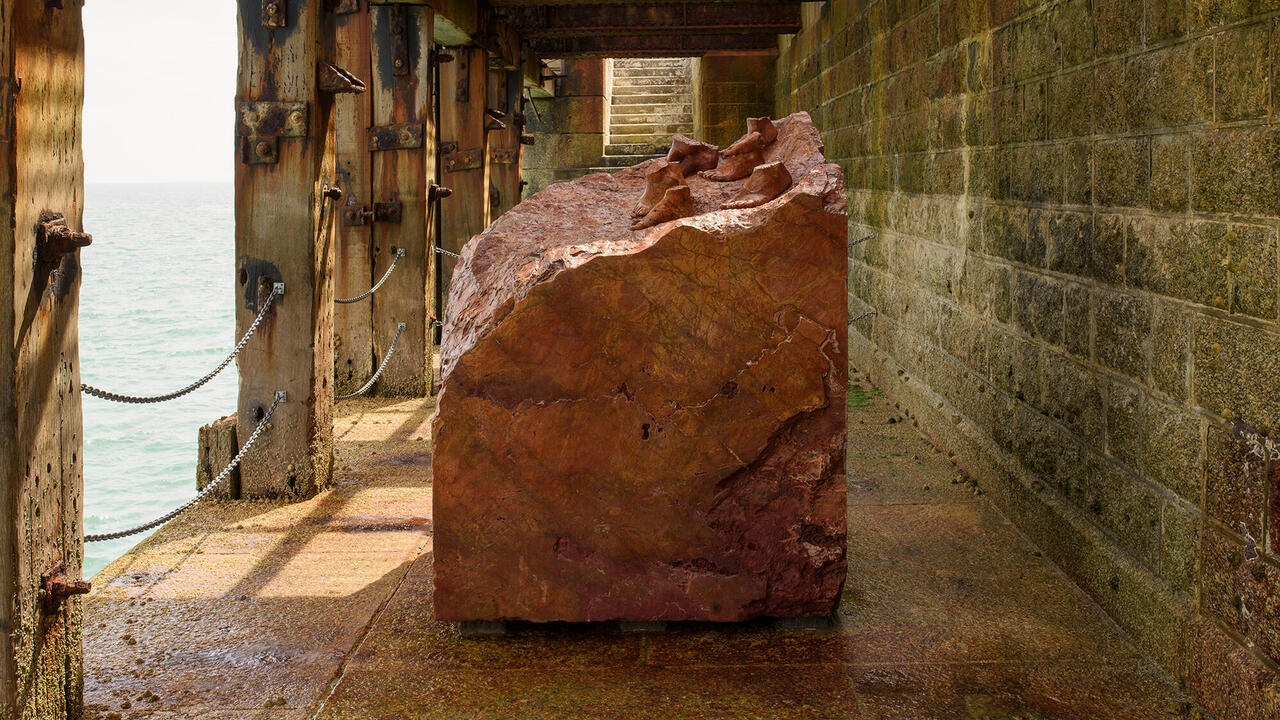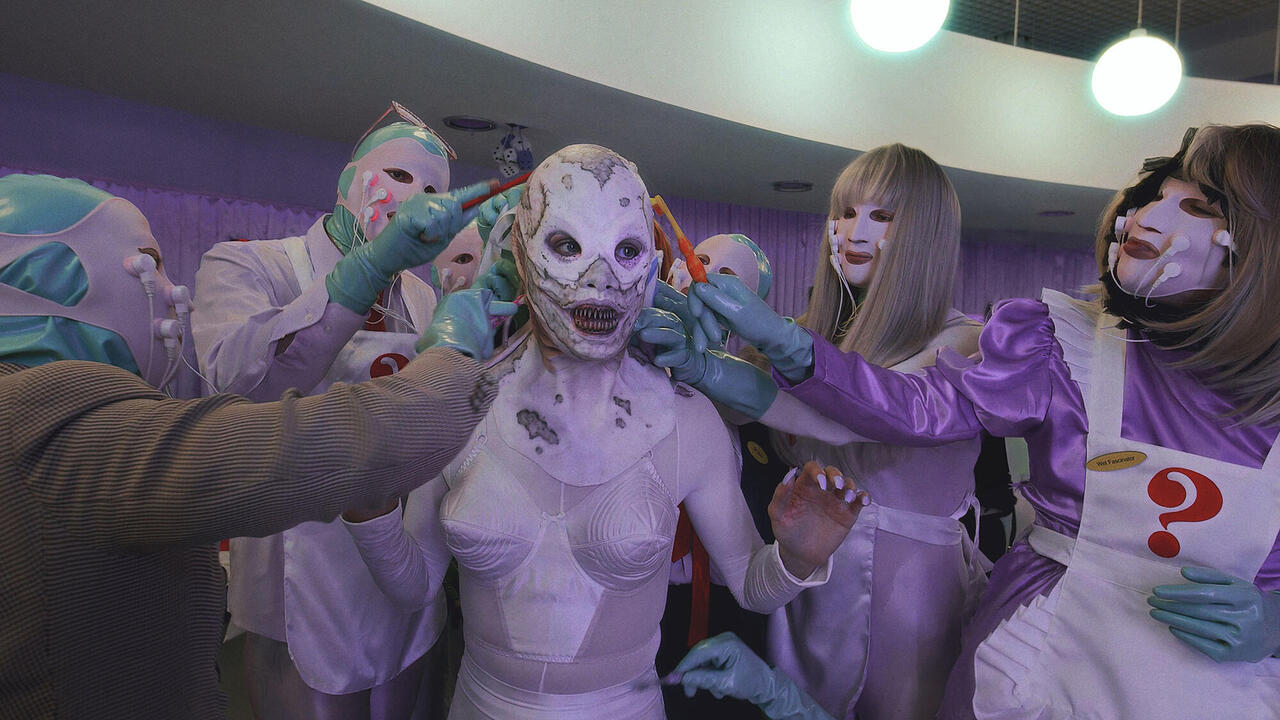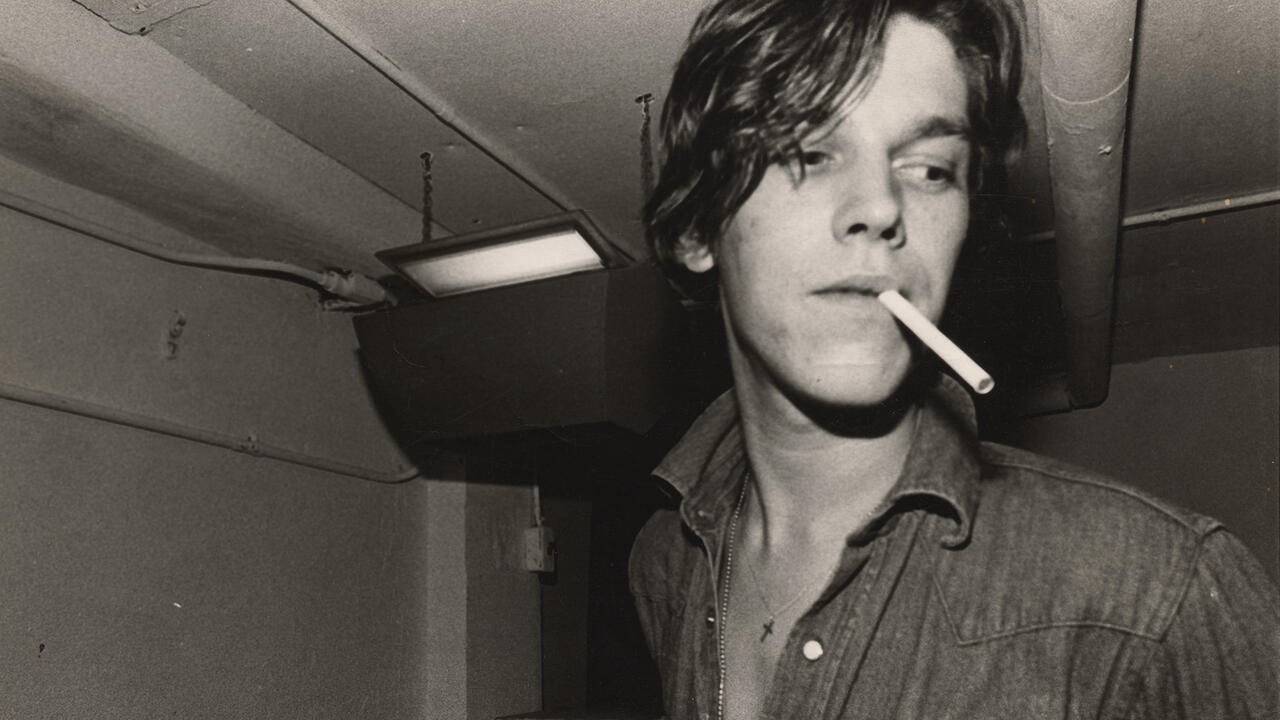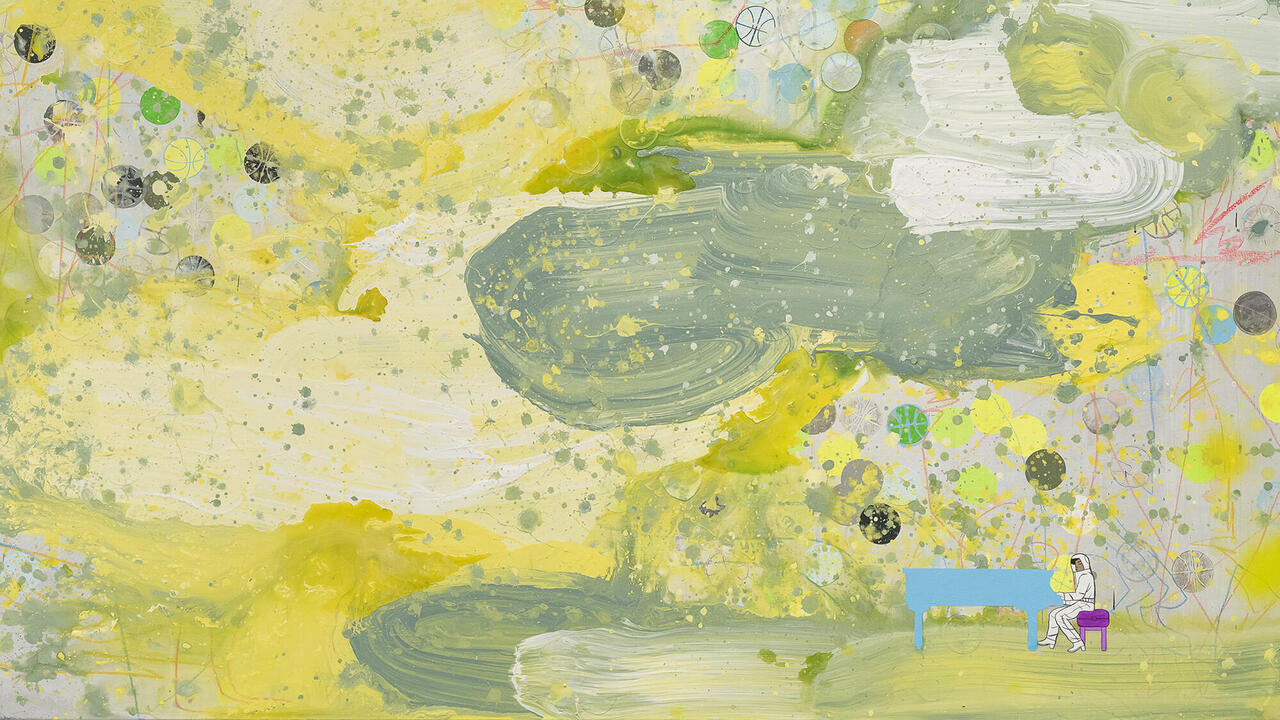The Restless Innovation of Yoko Ono
A new show at Tate Modern reminds us of the impact she made and the possibilities she opened for other artists, from Marina Abramović to Brian Eno
A new show at Tate Modern reminds us of the impact she made and the possibilities she opened for other artists, from Marina Abramović to Brian Eno

Following the US firebombing of Tokyo in March 1945, young Yoko Ono fled with her family to the Karuizawa mountain resort, where food was scarce. For a few months before the nuclear bombs on Hiroshima and Nagasaki ended the Second World War, Ono and her brother Keisuke spent their time staring at the sky and picturing their favourite foods. This experience became foundational to Ono’s artistic career, in which the use of the imagination and demands for world peace have been constant – as documented in this comprehensive Tate Modern retrospective that opens just before her 91st birthday.

‘Music of the Mind’ is most successful when placing Ono in a variety of shifting contexts, while showing how the content of her work never radically changed. I wanted to write this without mentioning John Lennon, given how their relationship made Ono internationally famous whilst often unfairly mocked and reviled, sometimes overshadowing her own highly original output. That wasn’t quite possible: the exhibition devotes a single room to Ono and Lennon, showing the video of uncomprehending journalists interrogating them about their 1969 Bed Peace sit-in. This highlights Ono’s fearlessness of ridicule and continued adherence to her principles: the way the reporters ask, ‘Couldn’t you do something more positive for peace?’ when Ono and Lennon could not be doing anything more innocuous, lays out the childlike purity of her work in the face of such tedious cynicism.

The curators are careful not to let Lennon take centre stage, reminding us that Ono was just as much a musician as her husband. They include record covers from throughout her career, and lyrics from her second album Fly (1971), where she commented on the public not seeing her as an artist in her own right. By putting Ono’s childhood experiences of war at its heart and emphasizing her proximity to the Fluxus movement in the 1960s, as well as the short-lived Japanese art collective Hi-Red Center, ‘Music of the Mind’ frees Ono from being ‘Mrs. Lennon’. Following her moves between Tokyo and New York, where some of her family lived, it plays up her collaborations with fellow immigrants such as George Maciunas and Nam June Paik, composers John Cage and La Monte Young, and her two previous husbands, Japanese composer Toshi Ichiyanagi and American jazz musician Anthony Cox, with whom she had her first child. It was during this period that Ono became one of the inventors of conceptual art: she soon realized the instructions she wrote for the creation of an artwork did not have to be accompanied by anything physical. Rather, it was more powerful to invite her audiences to create works themselves, often in their own heads, in a way that detached art from objects and their auras, replacing them with instantaneous, ephemeral experiences.
‘Music of the Mind’ reasserts Yoko Ono’s influence and importance and widens the contexts in which her work can be understood.
Ono used this technique for decades; consequently, large parts of this exhibition consist of text on a wall, which occasionally feels repetitive, especially in the first couple of rooms, where it’s easy to see how the written instructions would have stood out in a group show but become a bit overwhelming when shown together. Importantly, one of the first things seen on entering is Painting to be Stepped On (1961), accompanied by a corresponding instruction. However, any monotony is soon broken up by Bag Piece (1964), the first of numerous large conceptual installations that invite visitors to participate in joyfully inventive ways. The White Chess Set (1966), ‘for playing as long as you can remember where all your pieces are’, proved very popular, with the crowd able to influence the game to comic effect by jogging the players’ memories or lying to them. Personally, I enjoyed Shake Hands (Painting for Cowards) (first outlined in her book Grapefruit in 1964), in which Ono cut a hole in a canvas and invited people to shake hands through it. I stood there for a while: on some occasions, I never knew whose hand I took, and enjoyed the little mystery it created. On others, people poked their heads around the canvas, and we smiled at each other – for a moment, we were miles from the typical gallery visit in which we just look reverently at the exhibits.

Drawing on Cage’s aleatoric compositions and the Fluxus group’s love of chance in creating works, Ono was restlessly innovative: having better-known works such as Cut Piece (1964), where she invited audience members to come on stage and cut her clothes, placed in historical context reminds us of just how much impact she made, and the possibilities she opened for artists from Bas Jan Ader to Marina Abramović, Brian Eno to UbuWeb curator Kenneth Goldsmith. Having these pieces presented as written instructions also deprioritizes the figure of the artist: so many post-war performers have become legends, with their works becoming inextricable from their presence. Abramović dealt with this by restaging canonical works of performance by artists such as Valie Export in Seven Easy Pieces (2005) and leaning into the centrality of the artist’s presence. Ono’s methods feel less egocentric and more democratic. ‘Music of the Mind’ reasserts Ono’s influence and importance, widens the contexts in which her work can be understood, and, more excitingly, shows how her work can live beyond her and far beyond galleries and other art-world institutions.
Yoko Ono’s ‘Music of the Mind’ is at Tate Modern, London, until 1 September
Main image: Yoko Ono with Half-A-Room from ‘HALF-A-WIND SHOW’, Lisson Gallery, London, 1967. Courtesy: the artist; photograph: © Clay Perry





















